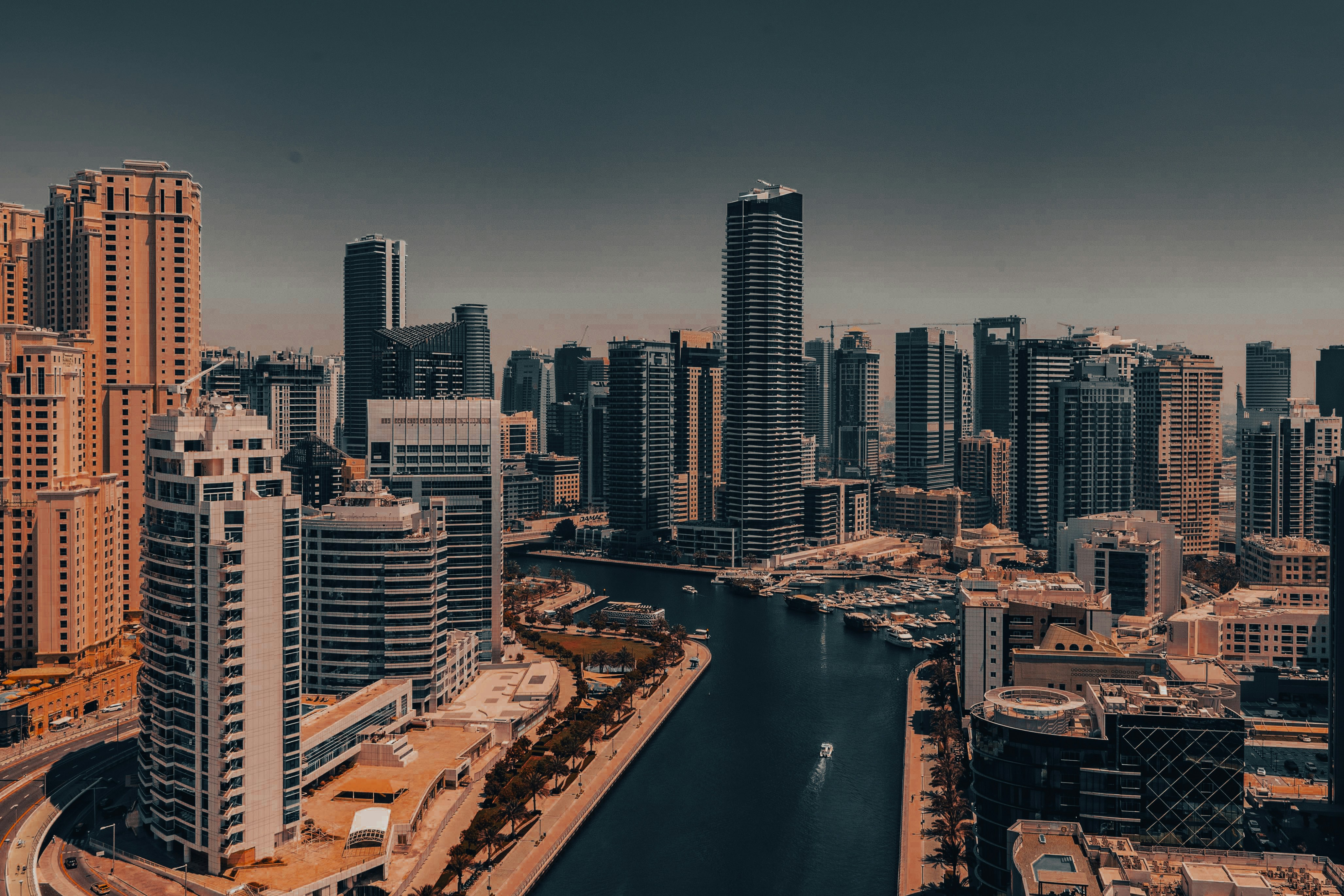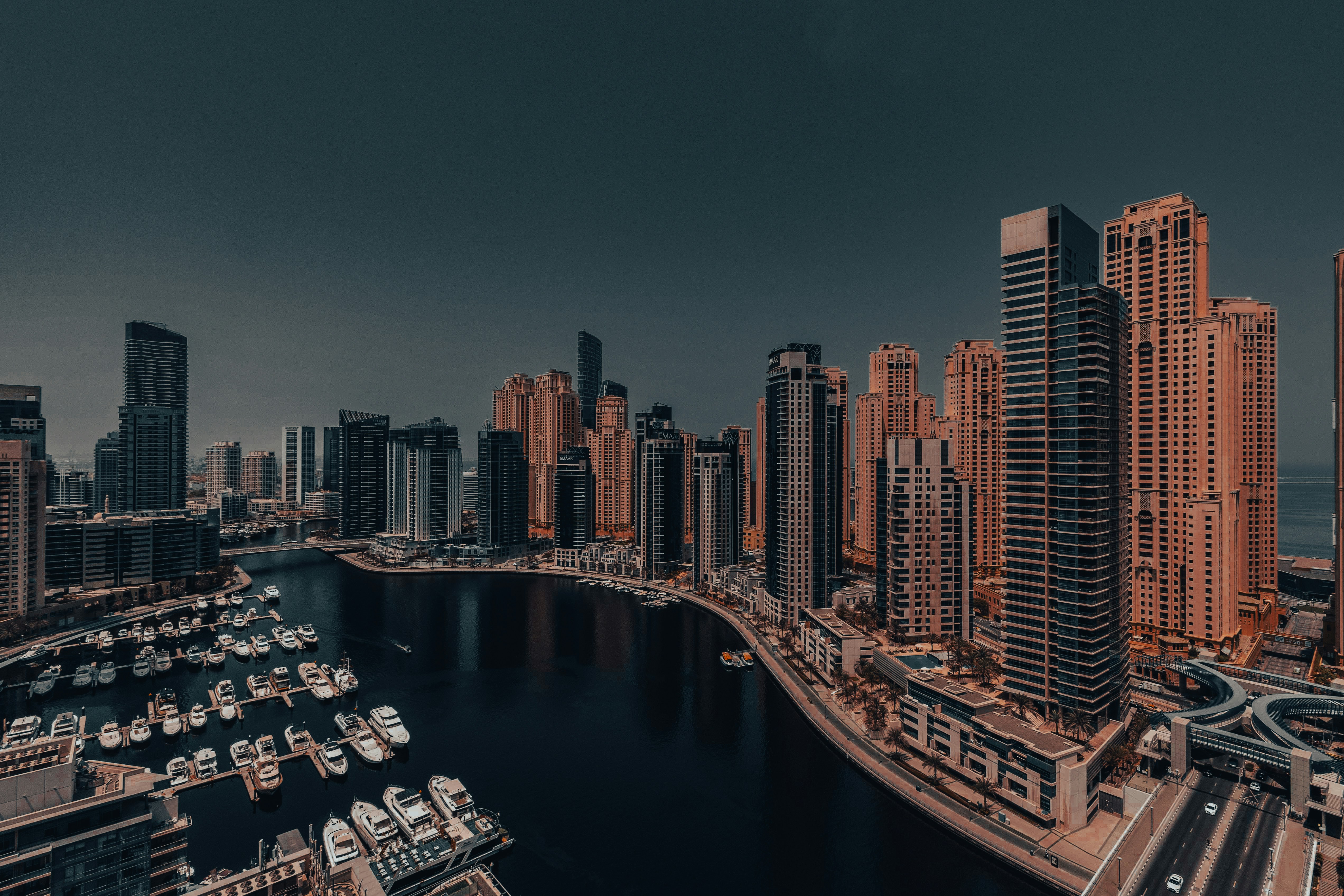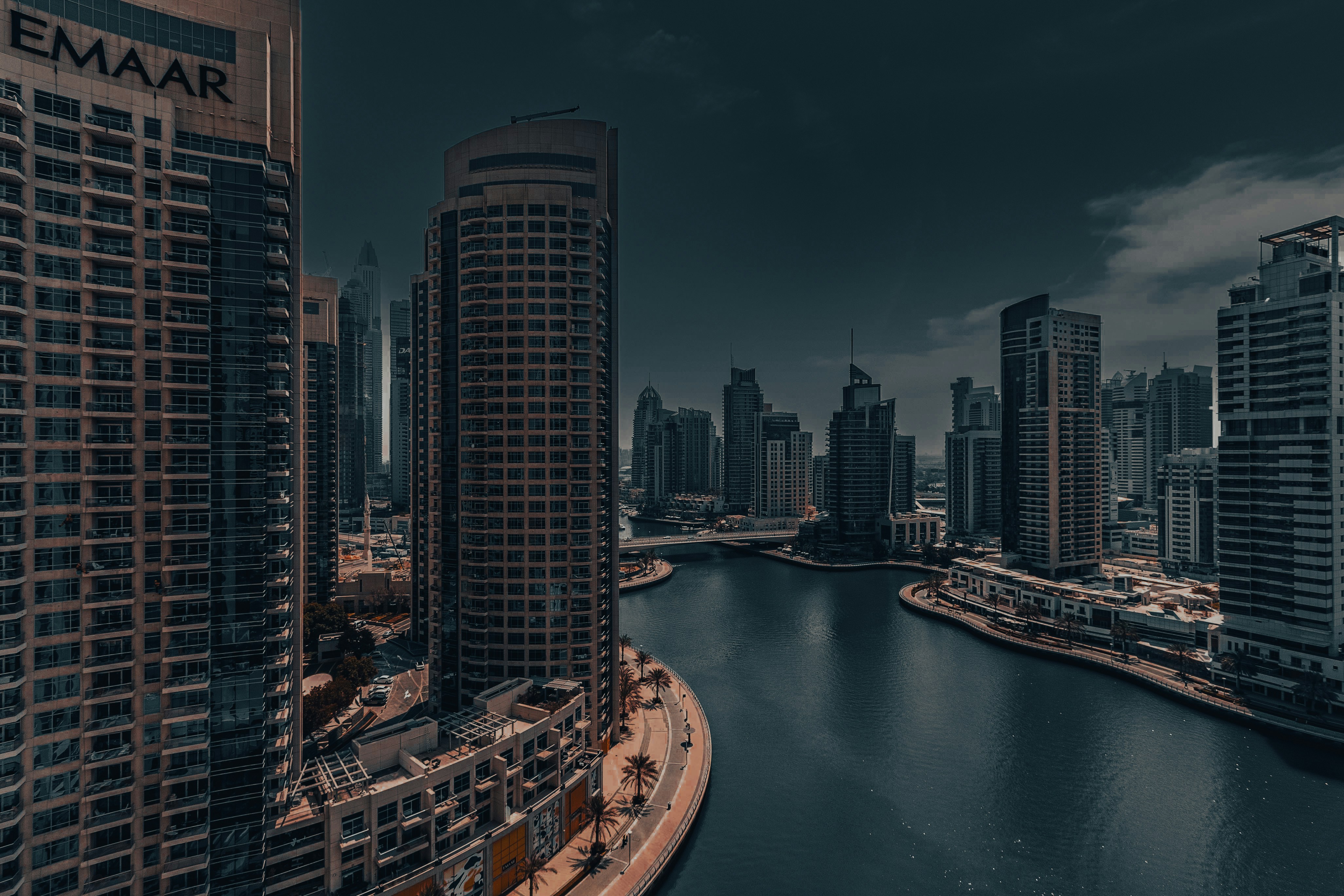Bedouin Heritage

The cultural identity of the UAE is deeply rooted in its Bedouin heritage. For centuries, Bedouin tribes traversed the harsh desert landscape, developing a unique way of life characterized by resilience, hospitality, and strong community bonds. This nomadic lifestyle required adaptability and resourcefulness, traits that continue to influence Emirati culture today.
Traditional Bedouin values such as generosity, honor, courage, and respect for elders remain fundamental aspects of Emirati society. The concept of "majlis"—a social gathering where community members discuss important matters and resolve disputes—exemplifies the democratic and consultative nature of traditional Bedouin governance that has influenced modern Emirati political structures.
Islamic Influence

Islam has profoundly shaped Emirati culture since its arrival in the 7th century. The religion's influence extends beyond spiritual practices to encompass social norms, legal frameworks, artistic expressions, and daily routines. The five daily prayers structure the rhythm of life, while Islamic holidays such as Ramadan and Eid are occasions for communal celebration and reflection.
Islamic principles of charity, compassion, and community welfare are evident in the UAE's social policies and philanthropic initiatives. The architectural landscape is dominated by mosques, whose distinctive minarets and domes represent not just places of worship but also centers of community life and learning.
Traditional Arts and Crafts
Emirati traditional arts and crafts reflect the ingenuity of people who created beautiful and functional items from locally available materials. Weaving is one of the oldest crafts, with women traditionally creating Al Sadu—geometric patterns woven into carpets, tent dividers, and camel trappings using wool from sheep, goats, and camels.
Pottery, metalwork, and woodcarving are other significant traditional crafts. The distinctive wooden doors with intricate carvings that adorn many historic buildings showcase the skill of local artisans. Palm frond weaving (khoos) produces baskets, mats, and food covers that are both practical and decorative.
Traditional Clothing

Traditional Emirati clothing is designed for both cultural identity and practical adaptation to the climate. Men typically wear the kandura (dishdasha), a long white robe that reflects heat, paired with a ghutra (headscarf) secured by an agal (black cord). The style and method of wearing the ghutra can vary by region and occasion.
Women's traditional attire includes the abaya—a flowing black cloak worn over clothes—and the sheyla, a lightweight headscarf. Many Emirati women also wear the burqa, a metallic-looking face covering that is unique to the Gulf region and predates Islamic influence. Traditional clothing continues to be worn with pride, symbolizing cultural identity in a rapidly modernizing society.
Music and Dance
Traditional Emirati music and dance are integral to cultural celebrations and have been preserved through generations. Al Ayyala, recognized by UNESCO as Intangible Cultural Heritage, is a traditional performance where two rows of men face each other, moving to the rhythm of drums while waving bamboo sticks to simulate a battle scene.
Other traditional performances include Al Razfa, a poetry-based dance performed by men standing shoulder to shoulder, and Al Harbiya, a maritime dance that mimics the movements of pearl divers and sailors. Women's traditional dances such as Al Naashat celebrate feminine grace and are typically performed at weddings and other celebrations.
Cuisine
Emirati cuisine reflects the nation's history as a trading hub and its adaptation to desert conditions. Staple ingredients include dates, meat (particularly lamb and camel), fish along coastal areas, and rice. Spices such as saffron, cardamom, turmeric, and dried lemon add distinctive flavors that reflect historical trade connections with India and other regions.
Traditional dishes include machboos (spiced rice with meat), harees (wheat and meat porridge), and luqaimat (sweet dumplings). The majlis tradition of hospitality is exemplified by the serving of Arabic coffee (gahwa) with dates to welcome guests—a custom that remains an important social ritual.
Oral Traditions
Before widespread literacy, knowledge and cultural values were transmitted through oral traditions. Poetry holds a special place in Emirati heritage, with Nabati poetry—a colloquial form of Arabic verse—being particularly significant. These poems express themes of love, wisdom, pride in tribal identity, and descriptions of desert life.
Storytelling was another vital oral tradition, with tales passed down through generations. These stories often contained moral lessons, historical accounts, or explanations of natural phenomena. Today, efforts to document and preserve these oral traditions ensure they remain accessible to future generations.
Cultural Preservation and Modern Expression
The UAE government has implemented numerous initiatives to preserve traditional culture while encouraging its evolution in contemporary contexts. Cultural festivals, heritage villages, and museums such as the Sheikh Zayed Heritage Center showcase traditional lifestyles and crafts.
At the same time, Emirati culture continues to evolve through contemporary expressions in literature, visual arts, film, and design. Modern Emirati artists and creators often blend traditional motifs and themes with global influences, creating a dynamic cultural landscape that honors the past while embracing the future.



